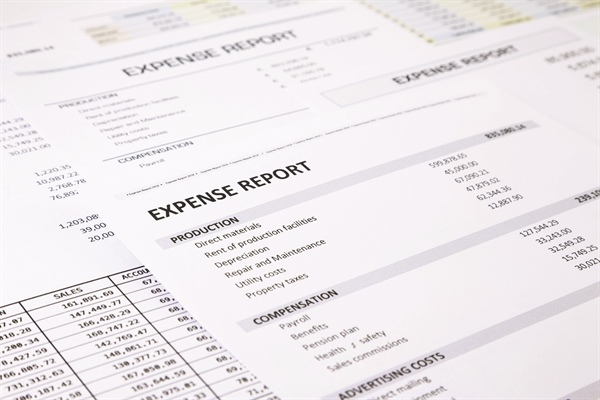
Article courtesy of Gordon Advisors, P.C.
The Tax Cuts and Jobs Act of 2017 is changing a lot about the way we do business. Some of these changes are beneficial, others, not so much. In particular, the changes impacting deductions for employee meals will likely impact many who currently provide an onsite eatery like a cafeteria for their employees. Here’s a look at a few of the changes.
According to the IRS, the new law bases exclusions on several factors. First de minimis meals (or occasional meals) can be excluded when they are of little value and infrequent. These might include such offerings as:
- Coffee/soft drinks and doughnuts.
- Occasional meals or money given for meals to enable an employee to work overtime, except that meal money figured on the basis of hours worked or provided on a regular or routine basis.
- Occasional parties or picnics for employees and their guests.
Second, for employers operating an eating facility for employees*, the de minimis meals exclusion also applies if the annual revenue from the facility “equals or exceeds the direct operating costs of the facility.”
With regard to direct operating costs, these include: Costs of food and beverages and costs of labor (including employment taxes) of employees who work primarily at the employee eating facility.
Third, the value of a meal provided at an employer-operated eating facility to a highly compensated employee cannot be excluded from their wages if it is not available “on the same terms” to one of the following: All employees. A group of employees defined under a reasonable classification set up by the employer and that doesn’t favor highly compensated employees.
“For this exclusion, a highly compensated employee for 2018 is an employee who meets either of the following tests:
1. The employee was a 5% owner at any time during the year or the preceding year.
2. The employee received more than $120,000 in pay for the preceding year. You can choose to ignore test (2) if the employee wasn’t also in the top 20% of employees when ranked by pay for the preceding year.”
It is important to note there is a difference between costs related to different types of labor: Direct operating costs do include employees like cooks, waiters, and waitresses working primarily at the employee eating facility, but do not include the labor costs of a manager who does not perform services primarily at the eating facility.
If the value of providing an employee meal can be excluded from an employee’s wages, the revenue from providing a meal is considered equal to the facility’s direct operating costs for providing that meal. According to the IRS several possible scenarios can change the way exclusions are determined. Here are a few and the entire list can be found in “IRS Publication 15-B (2018), Employer’s Tax Guide to Fringe Benefits” in the section titled “Meals on Your Business Premises.”
In a situation where free or discounted meals are provided to volunteers and “you can reasonably determine the number of meals you provide, then you may disregard these costs and revenues.” If nonemployees are charged more than employees for the same meal, all costs and revenues attributable to the nonemployees should be disregarded. If meals are furnished during working hours for the employer’s convenience, such as when an employee’s allowed lunch period is shortened so that they are available to work during that time, the value of the meals provided the employee can be deducted from their wages. However, the meals do not qualify if the lunch hour was reduced so the employee can leave early.
These tax law changes cover just a few of the many now impacting business and individuals.
If you have questions about your company practices relative to the Tax Cuts and Jobs Act of 2017, contact the professionals at Gordon Advisors today. We are here to help!